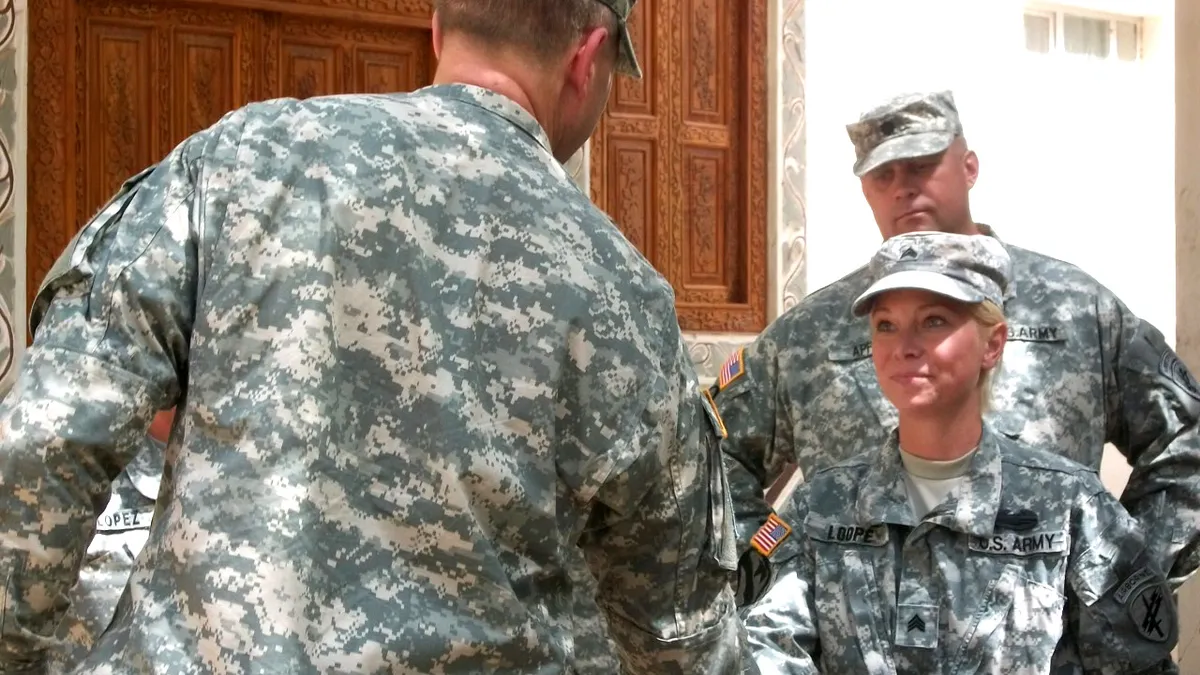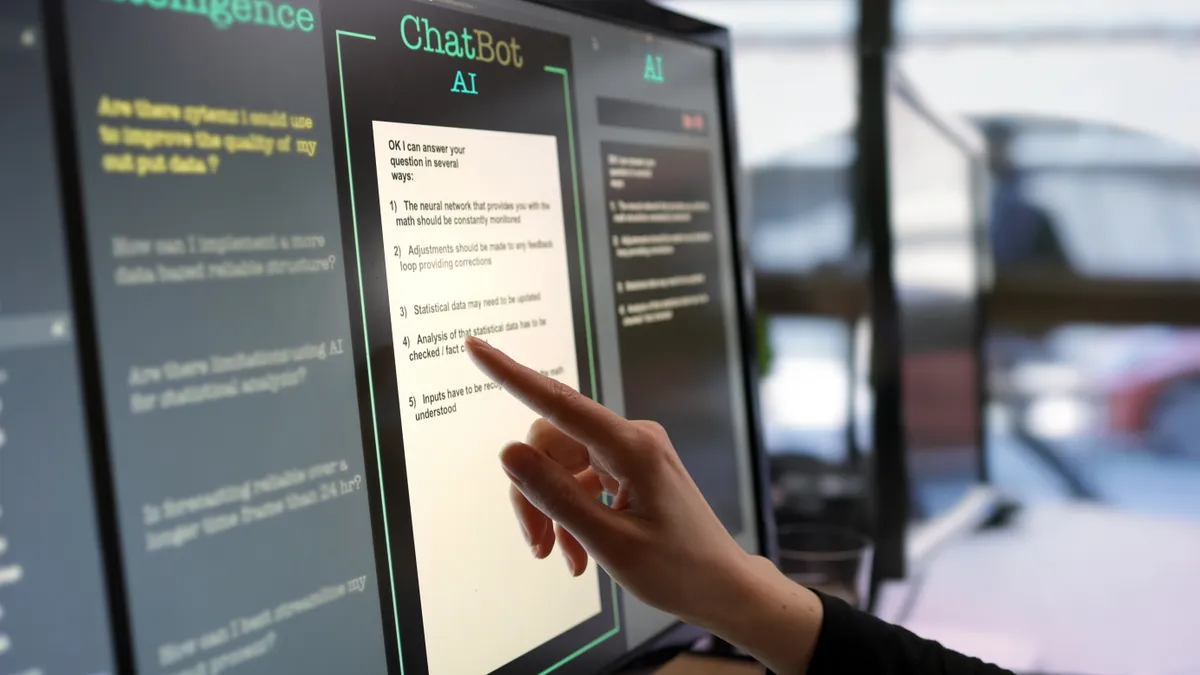Employers in fields that utilize science, technology, engineering and mathematics have consistently sounded a warning bell about the future of STEM in the United States, cautioning that there is a coming gap in qualified applicants for employers.
The rates of STEM graduates are not keeping up with the amount of job openings in related fields, and the issue could worsen, as the U.S. will add about one million new STEM jobs by 2020. Data from nonprofit code.org showed 607,708 open computing jobs in the country last year, though only 42,969 students with that expertise and background entered into the workforce in the year before. Further research in 2015 indicated that the gaps are even more pronounced between genders and ethnicities, and while STEM jobs and degrees have steadily increased since 2000, the STEM workforce was no more diverse than it was 14 years prior.
The U.S. Armed Forces, including the Army Educational Outreach Program (AEOP), have responded to the gap by leveraging their civilian scientists, engineers and laboratories. The branches host learning sessions and competitions and promote mentorships between students and employees with jobs pertaining to STEM throughout the country.
The AEOP has been supporting STEM education for more than 50 years, according to Louie Lopez, the chief of human capital and STEM outreach at U.S. Army Research, Development Engineering Command. He said the programs leverage the Army’s research laboratories and staff in the hope of instilling STEM literacy in students, and they also hope to introduce students to potential STEM tracks inside and outside of the Army.
“We want to lay a foundation so the Army and the Department of Defense will have enduring access to the best and the brightest now and in the future for whatever challenges we may have that have yet to be identified,” he said. “We need to develop this talent pool, so that our partners in academia and in industry have access to this talent to tackle the most complex problems.”
The Army is not the only branch of the Armed Forces partnering with students and teachers. The Air Force promotes STEM education at more than 30 locations every year. Military and civilian Air Force members volunteer as mentors and guest speakers, while the Air Force itself partners with outside STEM programs to reach nearly 200,000 students each year, offering fellowship, internship and apprenticeship opportunities.
Opportunities in the Navy include programs like the Navy Nuclear Propulsion Officer Candidate Program, for incoming college students interested in pursuing majors in math, engineering, physics or chemistry, or the Civil Engineer Collegiate Program, which offers opportunities for college students interested in civil, mechanical, or electrical engineering.
The Office of Naval Research helps sponsor the Naval Science Awards Program, which recognizes projects in science and engineering fairs throughout the country. The ONR also helps student connect to the Science and Engineering Apprentice Program, which places high school students interested in STEM into eight-week stints at Department of Defense laboratories. More than 35 Navy and Army labs participate, according to the ONR.
STEM employees in the Armed Forces face a wide array of challenges, from the prevention of cyber attacks to developing new nanotechnology. Lopez said there were more than 13,000 civilian scientists and engineers dedicated to STEM-related work in the Army, not including additional military or contract support. The sheer amount of resources in terms of manpower and facilities that the Army has at its disposal make it a powerful resource for STEM learning, particularly for schools or students who usually lack access to such opportunities, Lopez said.
“While it’s great to build this talent pool of STEM degree holders, our mission goes beyond and much broader, because we believe it’s to the nation’s best interest to have a much more STEM-literate citizenry,” he said.
Janet Ruiz, a middle school teacher in San Antonio, teaches for Gains in the Education of Mathematics and Science (GEMS), an AEOP STEM enrichment program. She said the summer program is revelatory for middle school students who attend. The program is experiential and offers a different understanding of the Army than what teenagers tend to know.
“The truth is it’s a very vast field with a lot of opportunities. And we try to expose them to these opportunities,” she said, noting they have STEM professionals speak to students during lunch. “They see young women who are scientists. They are exposed to a more diverse group of scientists and doctors in many different fields.”
Lopez pointed out that STEM strength in the defense industry could benefit civilians, as many innovations begin as government/defense projects. He pointed to GPS as an example.
Tackling the diversity gap
For the past several years, the AEOP has partnered with universities, including Purdue, to evaluate the programs the AEOP offers. The organization is also working to close the persistent racial and gender gaps in STEM employment. A Purdue study on AEOP’s efficiency in FY 2016 found that female participation increased in some programs from FY15 to FY16, while participation grew in almost every program among students who identified as a racial or ethnic minority.
“Having a diverse, agile workforce is important at tackling really complex problems,” Lopez said. “That’s one of the challenges, and a lot of folks are in that space, and want to reach out to more underserved and underrepresented students, because they don’t have as much resources to access the kind of access we can offer.”
Ruiz was happy her program worked primarily with Title I students, who she said were all incredibly smart but often lacked the availability of resources more affluent students might enjoy. She hoped the program could be expanded and perhaps be taken off of Brooks Army Medical Center, where the summer classes were held, and into local classrooms.
"If we can take it into the schools and make it not just for exceptional students ... we can always bring the spark of one to learn and contribute to humanity, we can bring that to the school," she said. "This program is amazing."



















